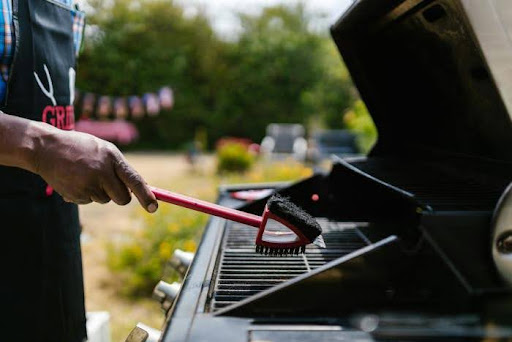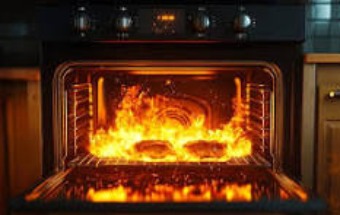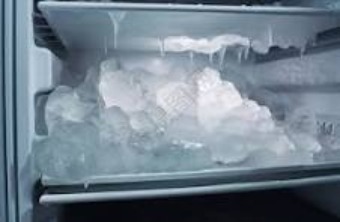Recent Comments
Categories
Category: Appliance Care
Basic Maintenance Tips for Your Range Hood
Your range hood is susceptible to splatters and grime because it sits right above your cooktop. This leads to grease accumulation and other sticky messes especially if it doesn’t receive the maintenance it needs. When you establish a regular cleaning routine, your range hood becomes spotless and you don’t have to deal with this mess …
Things to Not Put in Your Dishwasher
Some people find washing dishes such a chore, which is why they would invest in a handy appliance like a dishwasher. But despite its usefulness, there are still some things that you can’t put in your dishwasher because it poses a risk of damaging it. To help you better understand, these are some of the …
How To Handle Mold in Your Fridge
When you find mold in your fridge, it can be a worrying sight. Not only are these things unpleasant, but they can become a potential health risk. In this article, we will discuss more about mold buildup in your fridge and what are the actions you need to do upon seeing these signs. Identifying mold …
Cleaning Your Grill Grates Before Your Next BBQ Hangout
Is this your first time owning a BBQ grill and you’re wondering how you can clean it? There’s a good chance that you just had a BBQ full of grease and grime, and the thought of cleaning it right away may have slipped your mind. Throwing the ashes away is the easy part and cleaning …
Cleaning Your Grill Grates Before Your Next BBQ HangoutRead More
Tips For General Appliance Maintenance
Our lives at home are made easier with the use of daily appliances. It’s important that they also need some care and maintenance to ensure they’re running functionally and efficiently. If you want more years for your general home appliance, then you need to follow through with their maintenance on a regular basis. Check out …
Most Common Gas Stove Problems
A gas stove is one of the most used appliances in the household and there’s no doubt that it willneed some repairs sooner or later. In fact, when a gas stove needs to be repaired, aprofessional is needed for the job most of the time. The good news about this kind of repair is that …
Problems That Every Oven Experiences
A broken oven can be problematic, especially if you have a family to feed. The good news is that most of these issues are a quick fix, and you don’t have to rely on dine-ins or take-outs just to eat food. You must know what these common oven problems are so that you’ll understand whether …
Cleaning Your Coffee Maker
Having a coffee maker that has been working for many years means that it will require regular maintenance and care. This is a way to ensure its performance and longevity, especially if you want your coffee to continue to taste good. To help you with this process, we have listed some ways on how you …
Things You Should Never Put in Your Oven
The phrase “you learn something new every day” is applicable to everyone – even seasoned home cooks. This is because cooks aren’t exempt from learning a thing or two in the kitchen. There are certainly some things that some people don’t know about, especially around what NOT to put in the oven. If you’re ever …
Is Your Freezer Not Freezing Properly? This Could Be the Problem
Freezer issues are very common no matter what generation of refrigerator you’ve bought. These issues make themselves known when the ice cubes aren’t freezing properly, there’s ice and frost build up, or it makes too much noise that you can barely hear the sound coming from another room. Once this happens, your refrigerator is due …
Is Your Freezer Not Freezing Properly? This Could Be the ProblemRead More









